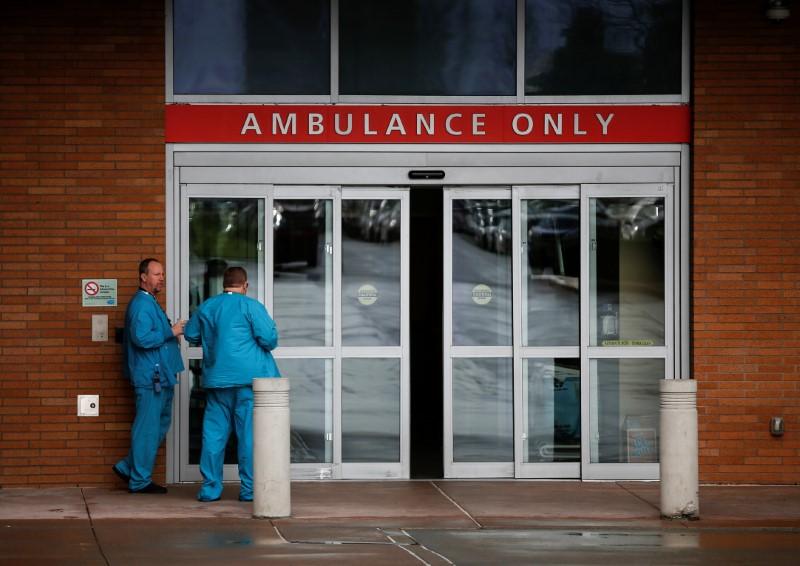Washington state health officials said on Feb. 29 that one person has died from the coronavirus, the first patient to die from the disease in the United States.
“It is a sad day in our state as we learn that a Washingtonian has died from COVID-19,” Washington Gov. Jay Inslee said in a statement. “Our hearts go out to his family and friends. We will continue to work toward a day where no one dies from this virus.”





